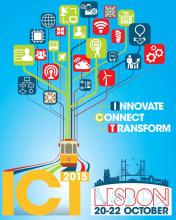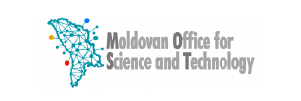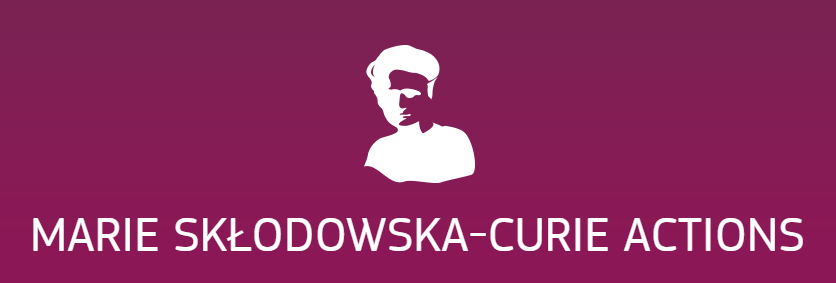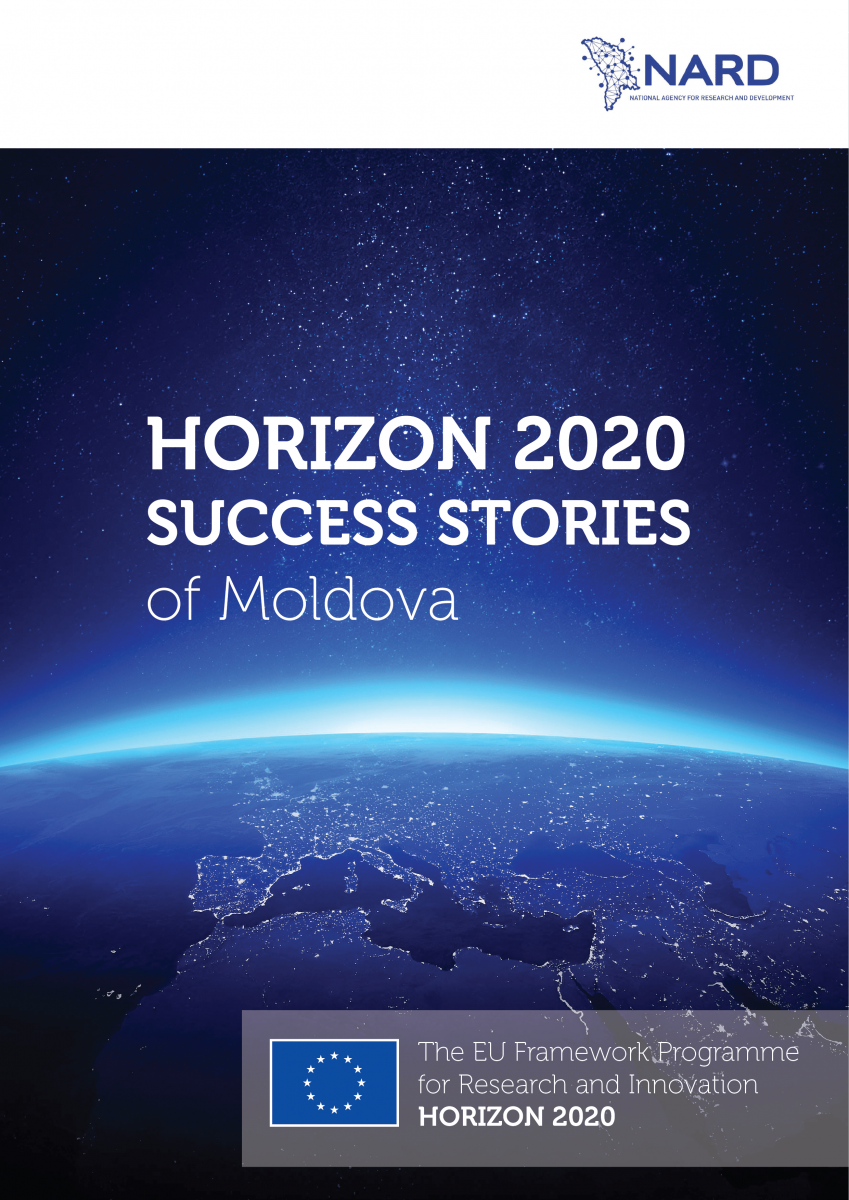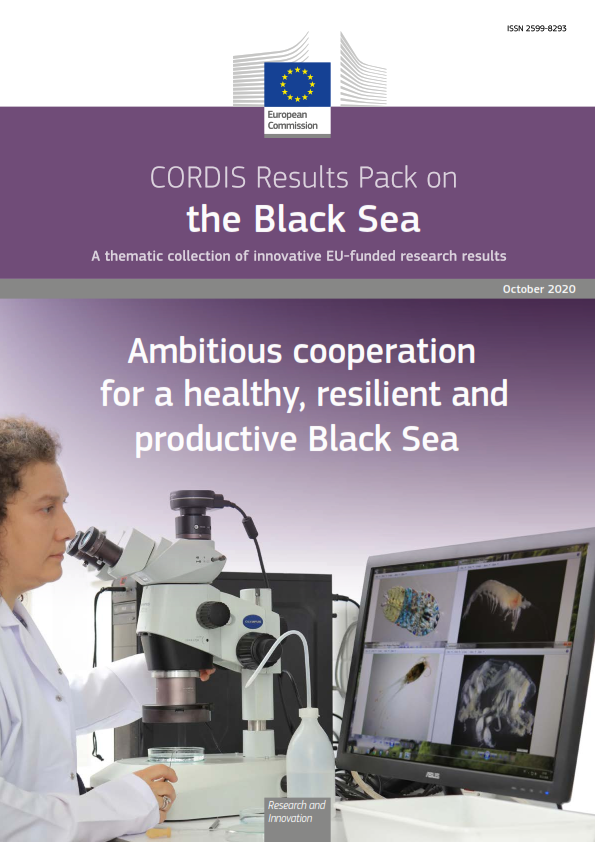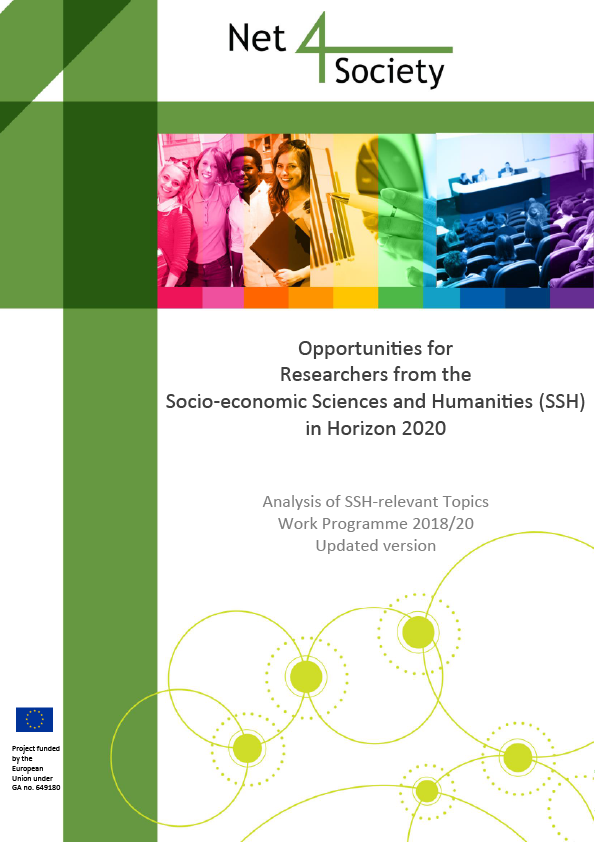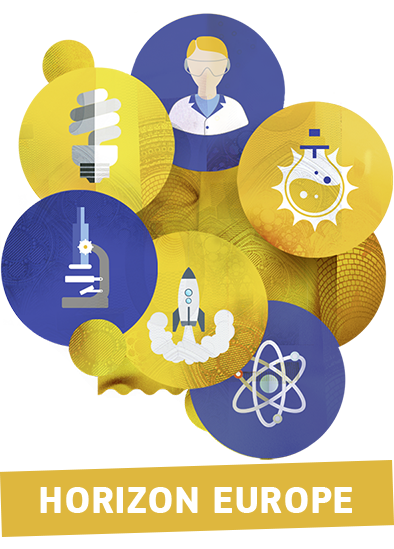The ICT 2015 event offers many possibilities to become familiar with the FET-supported research, to learn and explore the latest R&D achievements, and be informed about funding opportunities. It is also a great opportunity for students, young researchers, innovators and entrepreneurs to participate in networking events, discuss topics of interest with stakeholders and actively contribute to debates.
The ICT 2015 event in Lisbon (20-22 October) will comprise a number of parallel activities over the three days: the conference programme is complemented by thematic sessions about the work programmes 2016-2017, an exhibition area with more than 150 stands, and networking sessions.
Conference programme
The programme part addressing mainly FET topics is scheduled on the Thursday morning:
The session Multi-disciplinarity for Future Technology (Thursday 22, 09:00-10:30) will try to identify best practices in running truly multi-disciplinary projects that involve several research communities.
The final plenary session The Transformative Impact of Excellent Science (Thursday 22, 11:00-12:30) will explore the transformational impact of excellent science in research and innovation.
Thematic sessions about the work programmes 2016-2017
The presentation of the future FET Open and FET Proactive funding opportunities (work programme 2016-2017) will take place on Wednesday 21 09:00-09:45 (room 3B).
Exhibition area
The exhibition is organised around three main themes - Innovate, Connect, Transform. 12 FET projects will be illustrating the diversity of research themes funded by FET. Most are located in the exhibition space at the venue. In addition to the exhibition space within the venue, there is an off-site pavillion, in Lisbon centre (Praça do Comércio).
Off-site pavillion exhibition:
- Graphene Flagship project: "a single layer of carbon atoms – graphene– may be the most amazing and versatile substance available to mankind".
Exhibition space at the venue:
- CEEDs will invite you to explore the connectivity of the brain using different interaction techniques, such as navigating through a visualisation of brain regions in a projected virtual environment.
- CSNII combines platforms for exchange, training and outreach with international collaboration (Japan and US), boosting multi-disciplinary research and innovation which share the value of convergent science, excellence and societal impact.
- DIVERSIFY project will demonstrate how software diversity can be exploited to improve privacy protection on the web: the proactive diversification of software platforms prevents tracking users through browser fingerprinting (a growing practice among web companies to track users without cookies). Read the story
- GHOST will present prototypes of shape-changing objects, which could be the future of interactive devices. Read the story:Technology that leaps out of screen and the coordinator blog post: Is my computer alive?
- Human Brain Project Flagship: Unravelling the future of neuroscience, computing and medicine.
- iSense project brings the latest developments in ultra-cold atom science to practical applications, by developing the technology that will turn laboratory-based instrumentation into portable and robust instruments and sensors.
- MAGNETRODES is developing a new generation of neuroscience tools for electromagnetic measurement and spectroscopy at the neuron level.
- MUSE introduces a new way of exploring and understanding information by bringing text to life, through 3D interactive storytelling. Read the story: Bringing text to life through 3D story telling
- PAPETS explores the emerging research area of quantum effects in biology, to determine the role of vibrational dynamics in the efficiency of energy storage (in natural and artificial light harvesting systems), as well as in odour recognition. Read the story: Quantum physics provides startling insights into biological processes and the coordinator blog post Good quantum vibrations helping photosynthesis.
- SkAT-VG project aims at enabling designers to use their voice and hands directly, to sketch the auditory aspects of an object, thereby making it easier to exploit the functional and aesthetic possibilities of sound.
- UrbanIxD and OrganiCity presents a series of visions depicting what it might be like to live in a near future city saturated with data. Each piece will question what this might mean for our changing relationship with the city and its citizens.
Networking sessions
More than 120 sessions grouped into 13 topics will offer the opportunity to connect and share views in a broad and multi-disciplinary dialogue. Four sessions are organised by FET projects:
- FOCAS is presenting a session on "Perspective on Collectives" during which benefits and risks of collective adaptive systems will be discussed, as well as the impact of these systems on our future economy and society. (Tuesday 20, 16:50-17:35)
- Recall presents the session "Augmenting Human Cognition - ICT to support capture, reflection and recall" in which it will be discussed the advances necessary to lay the scientific foundations for a new technology eco-system that can transform the way humans remember in order to measurably and significantly improve functional capabilities while maintaining individual control. (Wednesday 21, 14:00-14:45)
- "Soft Machines – The Next Technological Revolution!" session aims to build new collaborations that exploit the great potential of soft machines in a wide range of sectors. It will also present the RoboSoft EU Coordination Action. (Thursday 22, 09:00-09:45)
- ICT-Energy Coordination Action proposes a session on "ICT-Energy: decreasing energy consumption toward zero-power devices" that will address issues such as lowering energy consumption in ICT devices. The video boot “speak-up your view” will be installed for participants who wish to register messages on this topic. (Thursday 22, 09:50-10:35)
Registration for ICT 2015 is still open. You can register here!


